Steely Dan Not Yacht Rock! UHQR "Royal Scam" Makes That Clear!
Donald's "Go f*ck yourself" to "Yacht Rock" doc producer fully justified
Definitely watch the Yacht Rock doc on HBO Max even if just the concept of the non-existent genre makes you seasick. It's a fun watch and it ties together the musicians who played in so many studio bands cobbled together to make smooth-rock. Plus Toto. The doc producer cast a wide net. Steely Dan got caught up in it not because of the music, but because Fagen and Becker recruited so many of these nimble-fingered (and voiced) studio cats to play on their records.
HBO Max's website description begins with this doc synopsis: "A DOCKumentary chronicles the rise, fall, and rise again of the soft rock epitomized by artists such as Christopher Cross, Michael McDonald, Kenny Loggins, Steely Dan, and Toto in the late 1970s and early 1980s. Retroactively dubbed "Yacht Rock," the easy-listening genre.... "
What? Yes all but Loggins contributed to Steely Dan records but play The Royal Scam and there's not a soft rock tune or moment on it. It makes complete sense that when the producer called Donald up about his Yacht Rock doc, Donald told him, "Go f*ck yourself!" and then hung up. It's one of the doc's only humorous moments—not that the rest is solemn or PBS dry. It's super entertaining watching and listening as the doc maker connects the musical dots and crafts a new heretofore non-existent genre out of thin notes.
Now, as for this UHQR, first it's been released later than originally scheduled probably per UMe's wishes. Firstly, it's packaged in the older dowel box and following Donald Fagen's notes it says "...liner notes by Donald Fagen continue in Aja", which Analogue Productions released as a UHQR before this one.
Fagen's notes are almost worth the price of admission (accent heavily on "almost" —short but they are super entertaining and illuminating). He writes about the wonders of the record biz and about how "At the peak of the no frills, apocalyptic, lo-fi punk movement, we were still dedicated to delivering old school , fussy musicality and quality sound....(because) it was not only an honest expression of our combined sensibility, but it was funnier that way."
It must have been funnier producing a great sounding record as things were sonically going south, though I think Fagen's timeline for when this "movement" began, is somewhat premature. After all 1976 also brought Boston, Hotel California, Songs in the Key of Life and Station to Station among others. And Fleetwood Mac's eponymous album had been released in 1975! Even The Ramones' debut album was well-recorded at Plaza Sound (used by Riverside Records for many iconic and fine sounding jazz albums). I'm not here to argue with Donald! Not interested in an incoming F.U.!
Fagen writes that after four L.A. based albums, he and Walter missed New York (and wanted to leave the world of "polyethylene food") and the "...eccentric NYC musicians and the seasoned hardwood floors of the vast midtown studios".
The notes the pair wrote for the album's 1999 CD reissue are far more comprehensive and reference nightmarish "precognitive dreams" both had while living in Malibu that made them think they'd be "....truly fucked - unless we took heed and reinvented ourselves on the streets of the City of Class, and pronto". They returned to NYC to do studio reconnaissance and assure themselves that the "EMT echo chambers" (plate reverb?) at (Phil Ramone's) A&R Studios on Seventh Avenue were still the grandest in the land". Apparently they were so back to New York they went, hiring Elliot Scheiner to man the board and place the mics.
And of equal if not greater importance they hired their fave session players including Chuck Rainey, Paul Griffen, Bernard Purdie, Don Grolnik and Rick Marotta (the drummer who in the 1990s sent me a postcard from Staten Island asking for a copy of The Tracking Angle magazine. The nerve! I dropped a nasty note in the mail telling him to go out and buy a copy and who the blank was he to ask for a free copy? As I dropped the letter into a mailbox i realized who he was. Oops. I would have gladly sent him a freebie. I handed him one recently at Dolby screening room Mind Games event in NYC.
The back jacket original and gatefold here credits Nichols at ABC Studios and Elliot Shiner (sic) at A&R, but there's no clarification on this reissue about who recorded what where. Purdie gets all drumming credits save for "Don't Take Me Alive" and "Everything You Did", which go to Marotta, so perhaps all but those two were recorded in New York? And there's a mix of New York and California musicians credited. Maybe they flew east for the sessions? Whatever. Becker and Fagen flew back to L.A. to mix at ABC Studios. Original lacquers were cut at Allen Zentz mastering by Brian Gardner, though the lead out groove area has "AZ" and some credit Zenth for lacquer cutting.
I played more than a few originals and like the covers, they all sound a bit different from one another but only "a bit". Analog printing and record making was/is like that. On the right is the booklet included in the UHQR box.
As you can see they are all somewhat different but they share one thing in common: it's a damn ugly cover showing ominous skies, skyscrapers with ferocious animal head tops and a sleeping derelict with holes in his shoes below. Maybe it inspired "Ghostbusters"? Fagen called it in 1999 "...the most hideous album cover of the seventies, bar none (excepting perhaps Can't Buy A Thrill)" but NYC was a mess in 1976. It was the year President Gerald Ford told the city to "drop dead". And for the downtrodden the skyscrapers looked ominous and overpowering. Okay enough politicking. Before plunking down $150 you might want to know how this UHQR sounds.
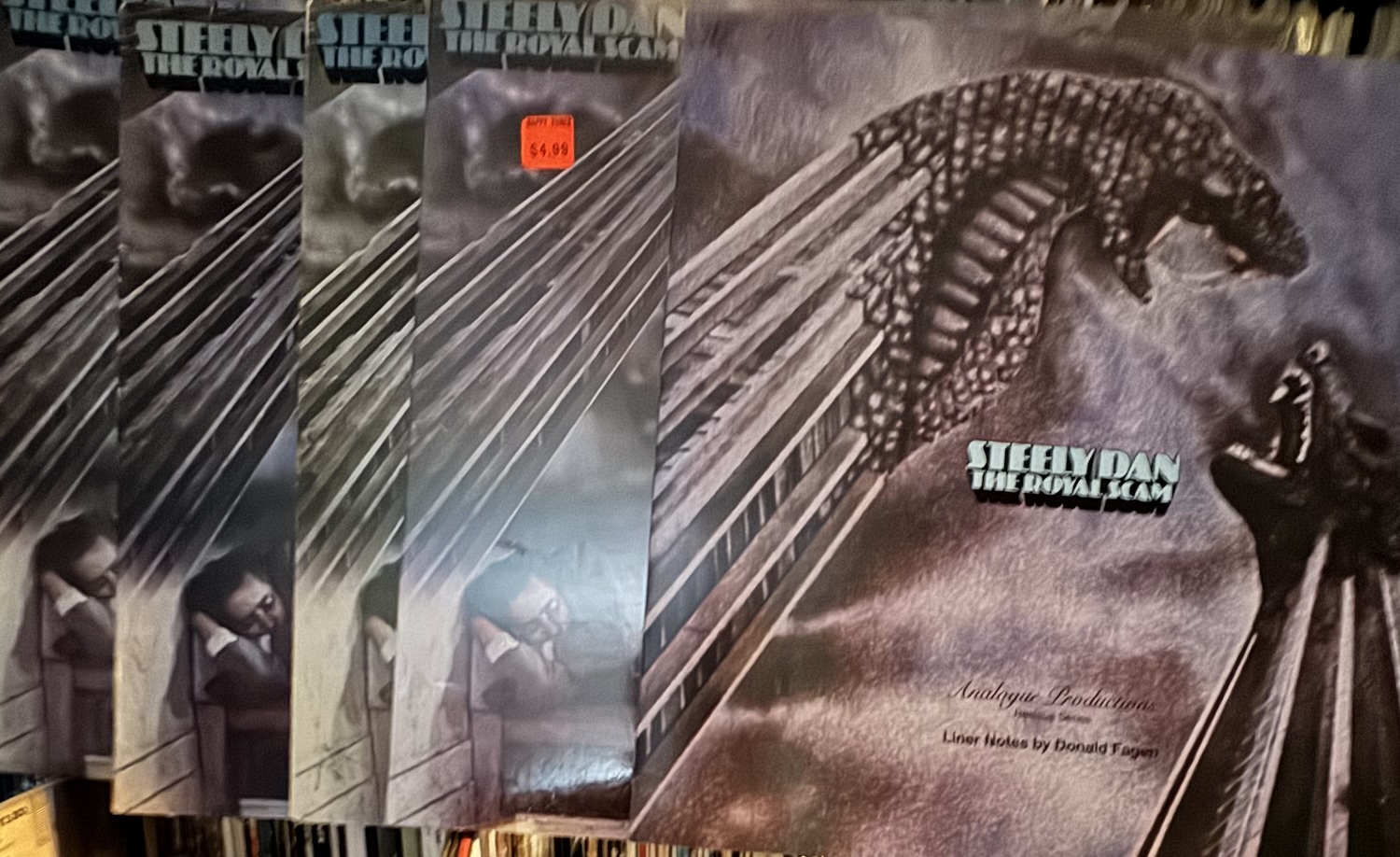 First off, the original pressings of this record have always sounded good, (though they never had deep bass) maybe you could say "great". They did sound great "then"—last time I played one more than a few years ago—and they all sound even better than ever now, since my "front end" has greatly, vastly improved.
First off, the original pressings of this record have always sounded good, (though they never had deep bass) maybe you could say "great". They did sound great "then"—last time I played one more than a few years ago—and they all sound even better than ever now, since my "front end" has greatly, vastly improved.
Compared to originals, the new UHQR sounds demonstrably better in every way: quieter, much quieter black backgrounds, far cleaner, super clean transients—a friend marveled at Bernard Purdie's drum figure on "Kid Charlemagne"—the cymbal hits and splashes—he'd never heard them laid out like that so cleanly and clearly. Nor had I. And Michael McDonald's "get along " backgrounder appears clarified as I'd not before heard. Larry Carleton's guitar solo sounds amazing on an A.M. radio but here his intentions and drive for some reason make added sense.
I'm not going to do a play-by-play. Assuming your turntable is up for the spin, you're guaranteed to hear details you've never before heard, unless you really put in some serious previous work digging them out. Here they just effortless appear. The more the original is embedded in your brain the more fun the first spin will be.
Maybe you don't care as long as you get the basic groove. In that case you won't be spending $150 anyway, but if this one's ingrained in your musical memory the UHQR will most likely shake things up for you and in a good way.
On "Green Earrings" there are some surprising triangle hits right out there in space I didn't remember previously noticing. It was there on the original too (I checked) but more buried in the noisier vinyl.
Will that change your life? None of this will. But Elliot Randall's guitar solo on "Green Earrings" reproduced with this kind of juicy clarity just might! And after one final spin of all four sides I'll finish with this: just digging what Purdie does on this album. Marotta's good too but man, Purdie! Worth getting this UHQR just to dig his playing so beautifully exposed, polished and perfectly clarified—every cymbal hit, tom run, it's just a beautiful thing.
NOT "YACHT ROCK!"
I don't know how Donald relates to this 2016 cover of "Kid Charlemagne" by Vulfpeck with Bernard Purdie (then 77!) on drums, but I think it's great!



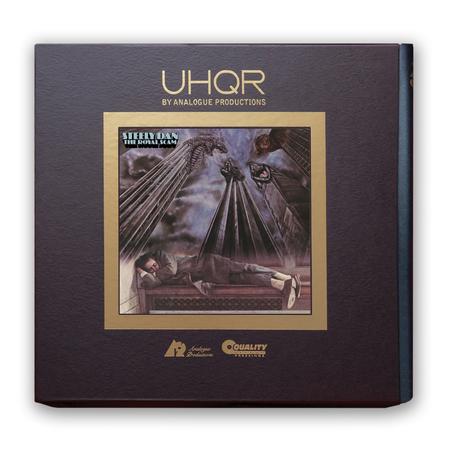


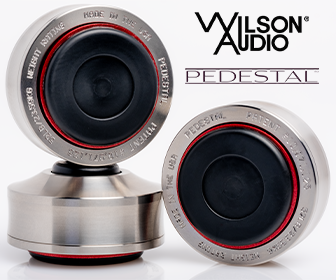
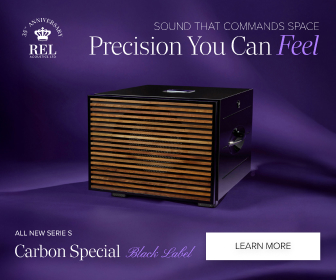


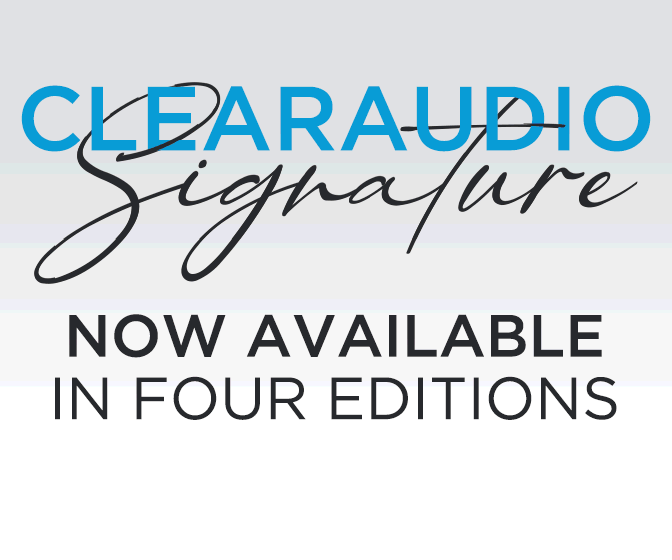
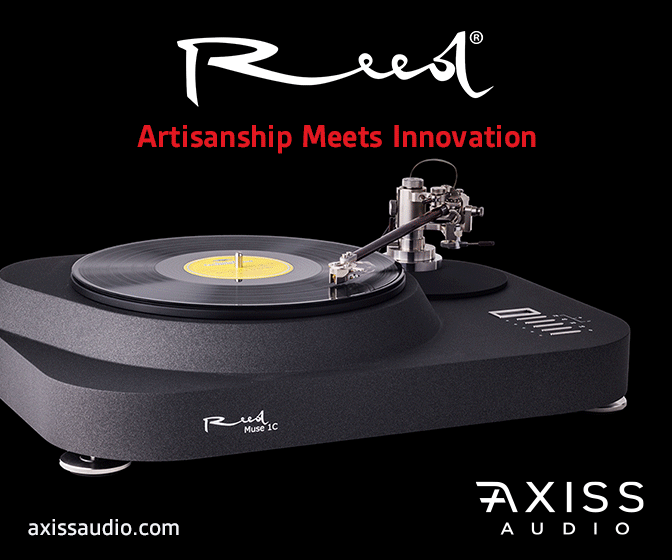
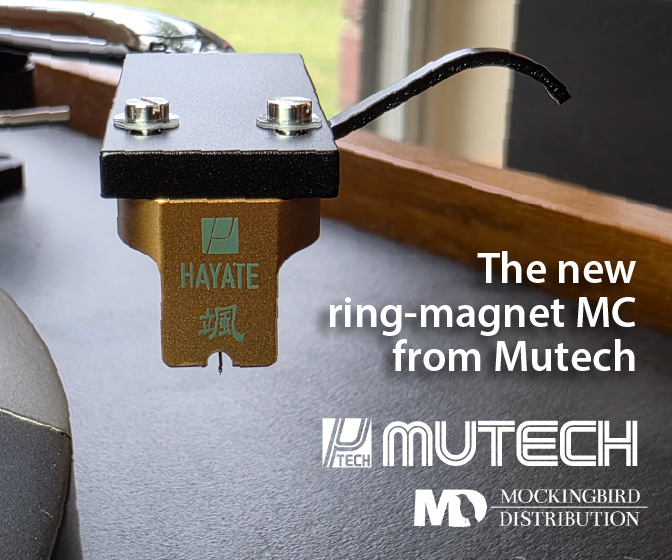
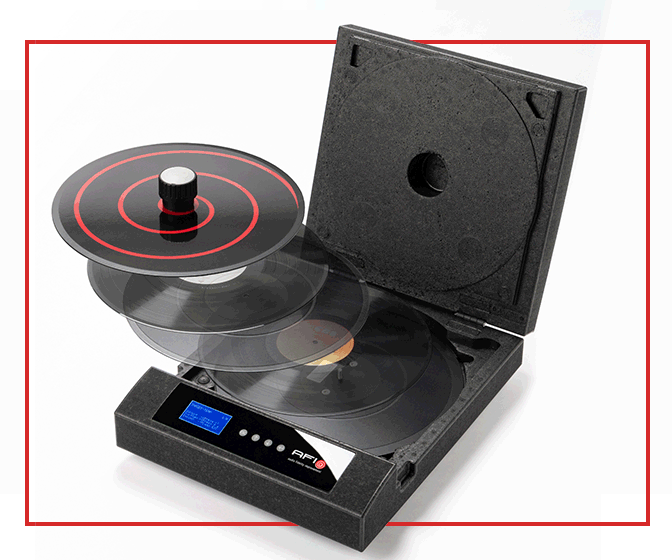
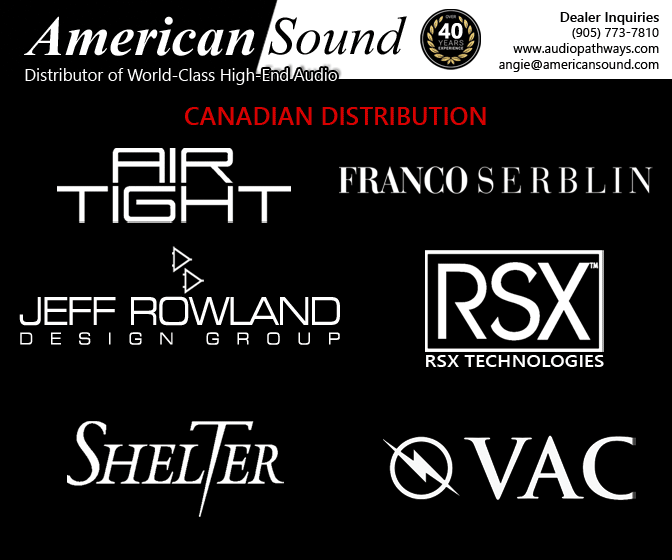
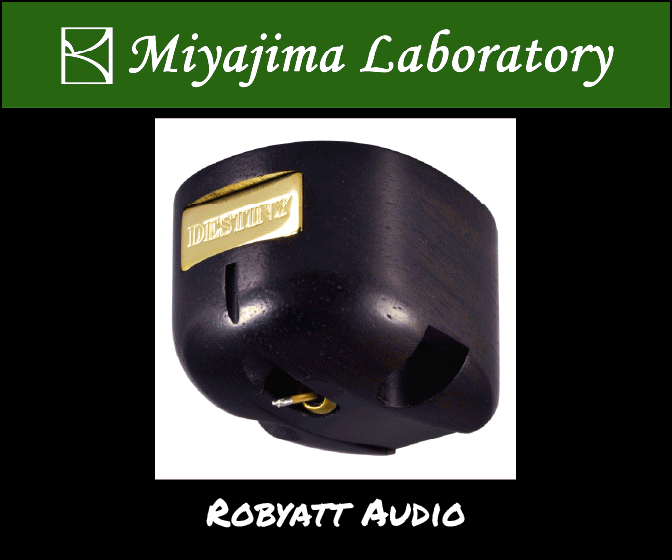
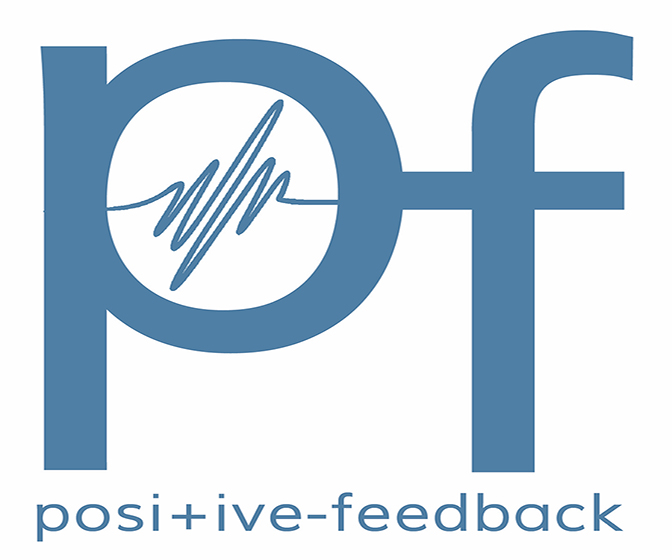

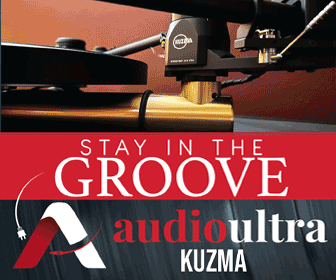
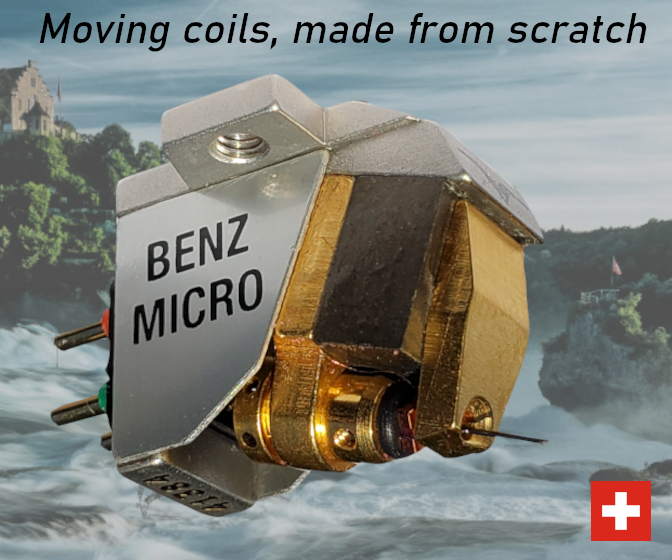

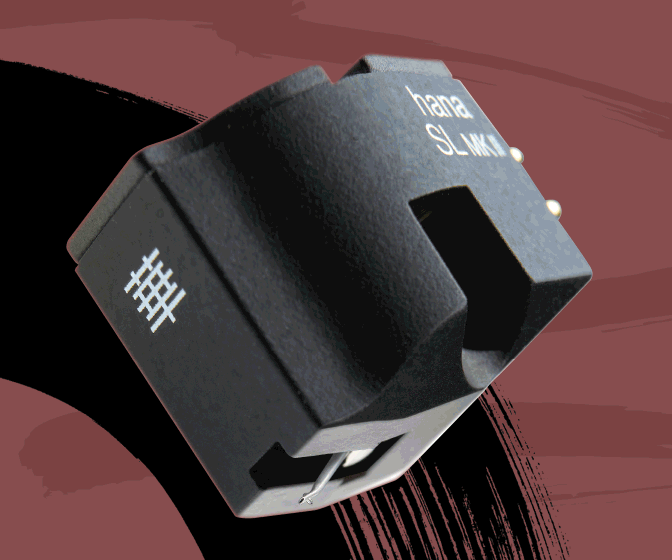
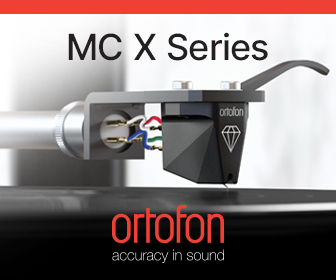
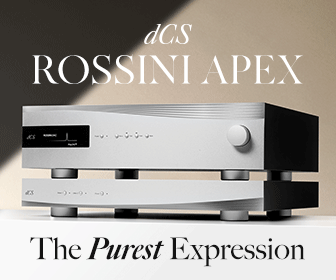
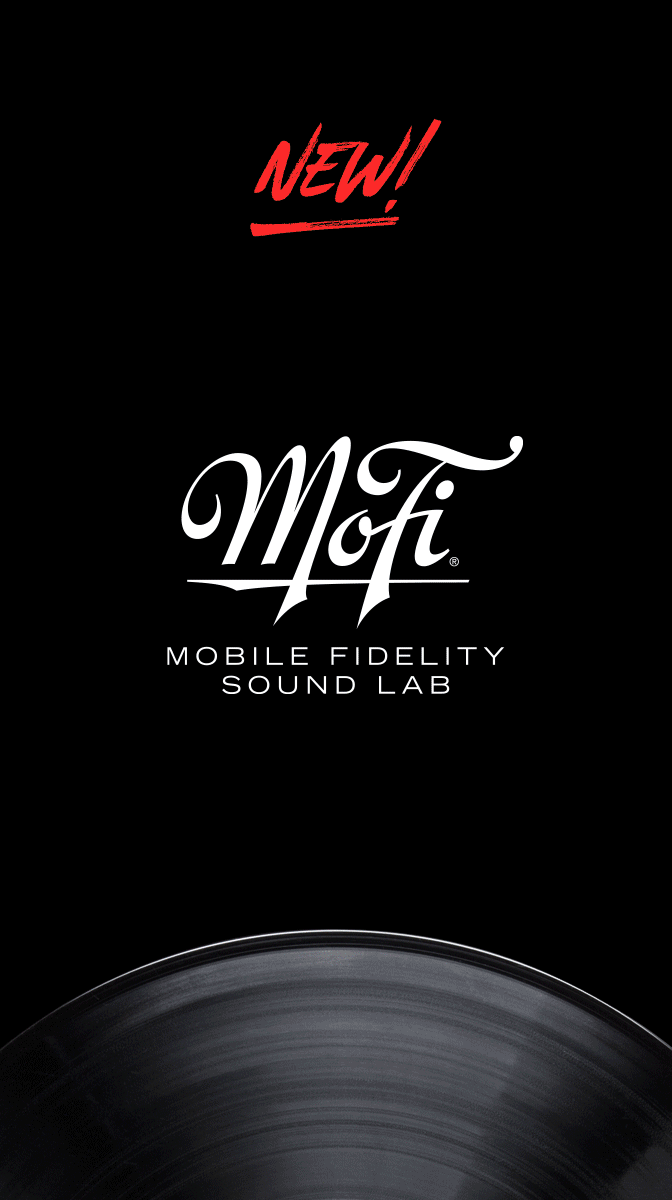
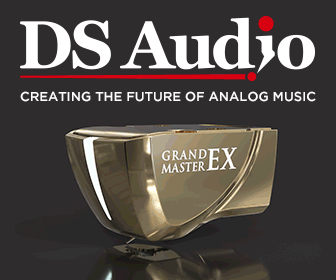
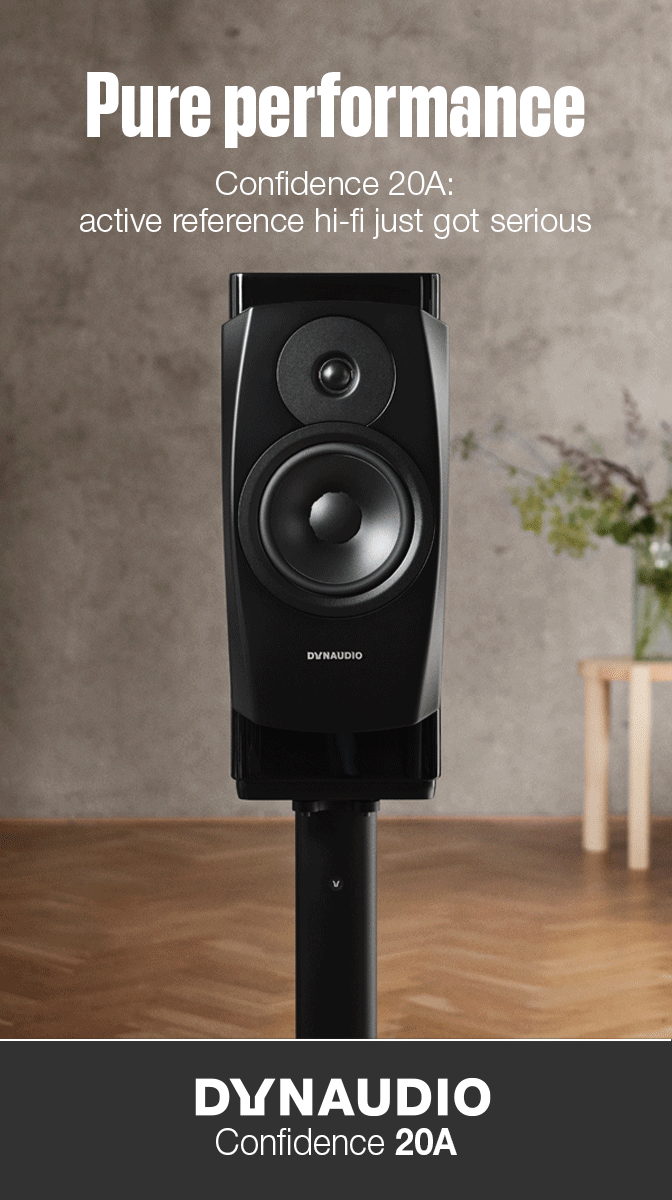
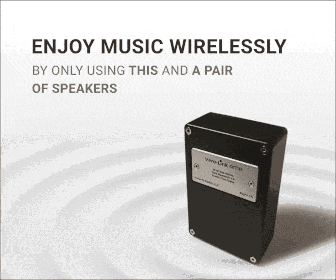
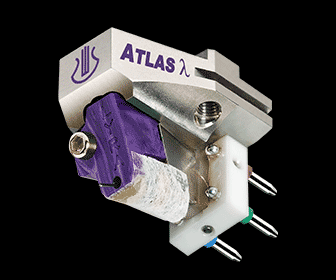

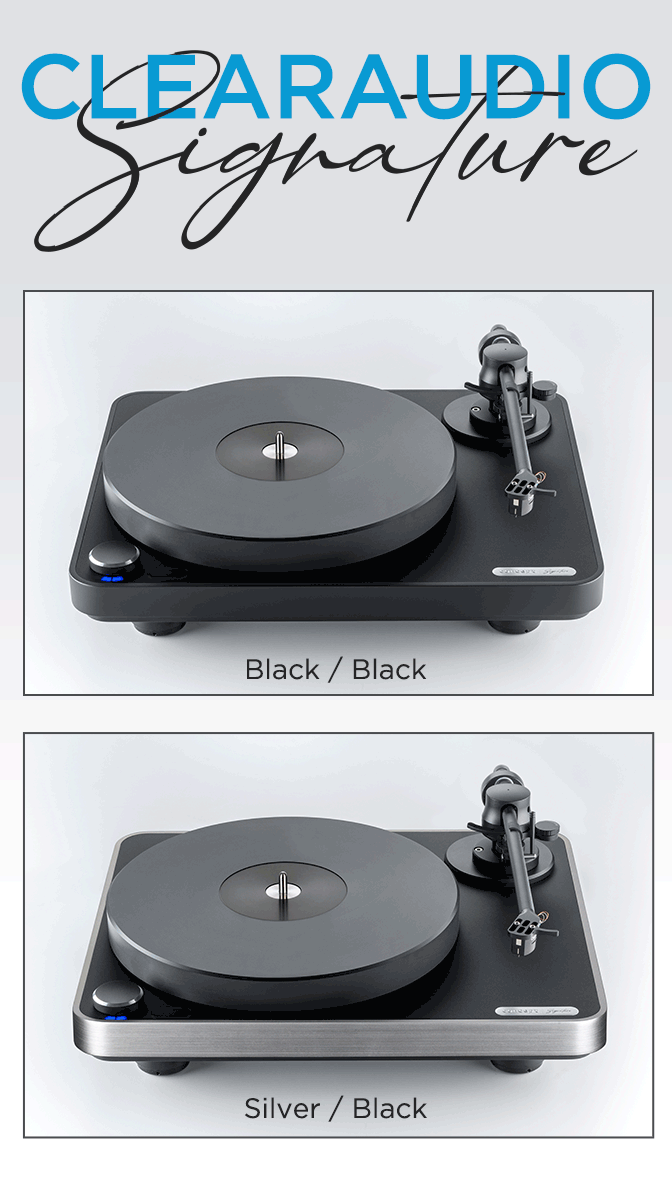
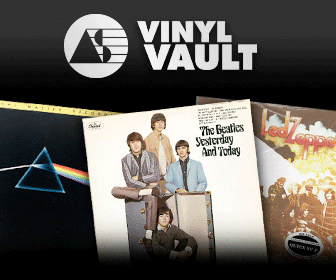
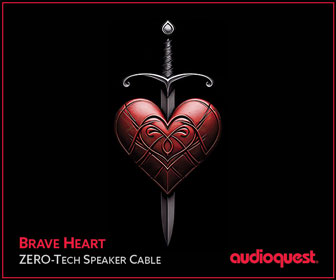
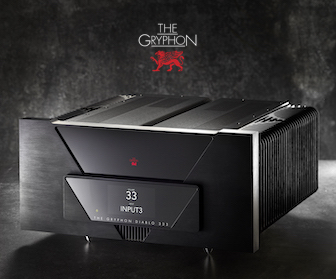
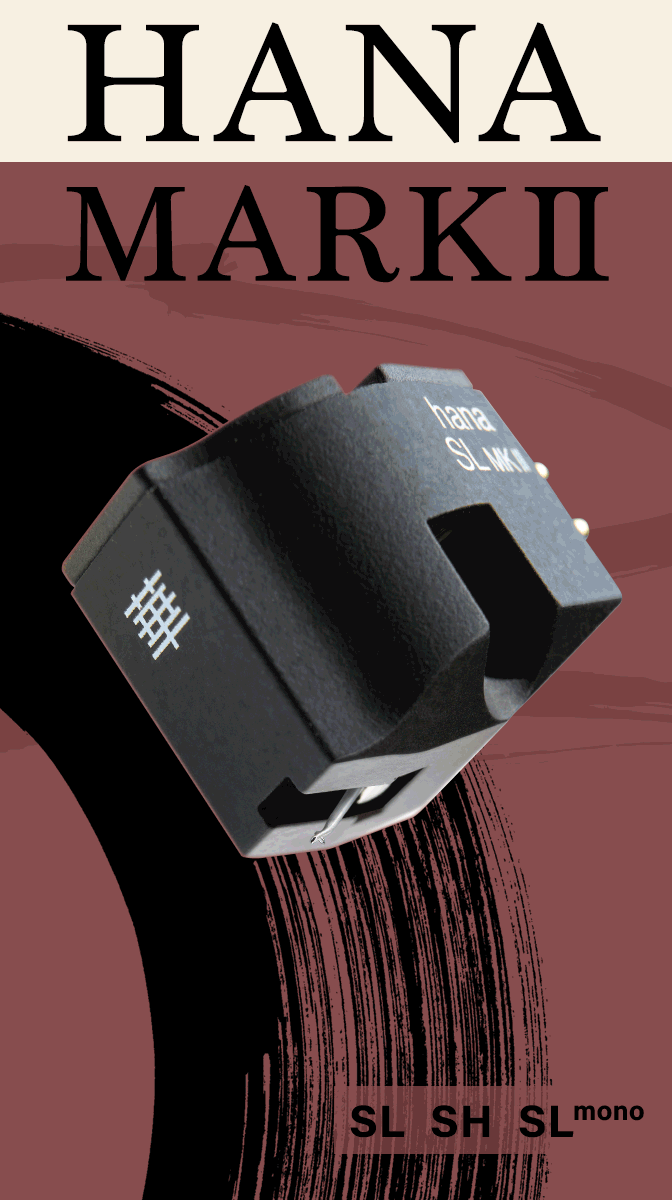


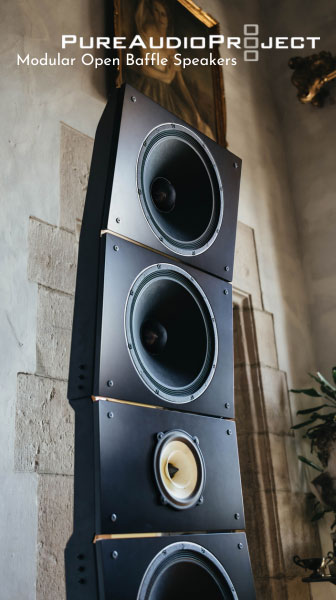
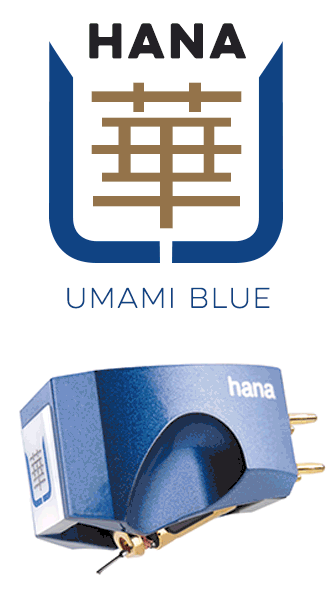





.png)








